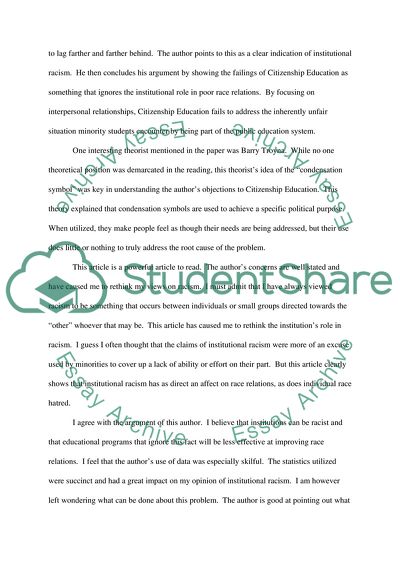Cite this document
(Critical Review of 4 Papers about Education Assignment, n.d.)
Critical Review of 4 Papers about Education Assignment. https://studentshare.org/education/1722692-critical-review-of-4-papers
Critical Review of 4 Papers about Education Assignment. https://studentshare.org/education/1722692-critical-review-of-4-papers
(Critical Review of 4 Papers about Education Assignment)
Critical Review of 4 Papers about Education Assignment. https://studentshare.org/education/1722692-critical-review-of-4-papers.
Critical Review of 4 Papers about Education Assignment. https://studentshare.org/education/1722692-critical-review-of-4-papers.
“Critical Review of 4 Papers about Education Assignment”. https://studentshare.org/education/1722692-critical-review-of-4-papers.


